Developed by : Dr. L. Michel, C. Roecker, P. Loesch, Prof. J.-L. Scartezzini, R. Rhyner in the framework of the Swiss Federal Energy Research Program LUMEN
Background
Daylight is a precious commodity with great potential from a sustainable development point of view. Its intensity is considerable as it can deliver 30 to 300 times the lighting needed on a desktop for reading and writing. Intensive use of daylight will not only result in energy savings but also in increased user comfort.
Purpose
The scanning sky simulator developed at LESO-PB, used as a basis for several other sky simulators (see Technology Transfer and Innovation ), allows accurate reproduction of the luminance distributions of every type of sky. It can be used for diffuse light measurements within building scale models for any time of a year and any location and is thus a precious tool for the testing of innovative architectural solutions and daylighting systems.
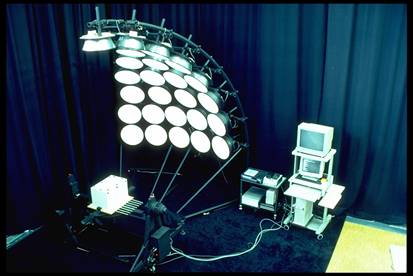 |
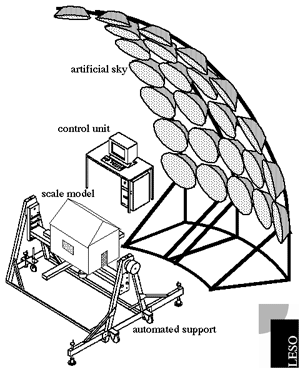 |
Description
The scanning sky simulator uses a scanning process to rebuild the overall sky hemisphere, starting with a sixth of a hemisphere. A sixth of the vault is constructed with 25 lamps. The whole hemisphere, based on Tregenza’s model of 145 light zones, is rebuilt by a six-step scan. Quantitative (illuminance) and qualitative data (video digitised image) are added at the end of the process.
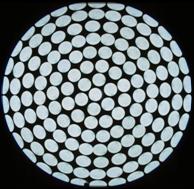 |
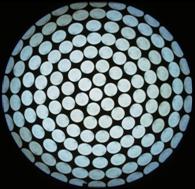 |
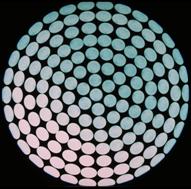 |
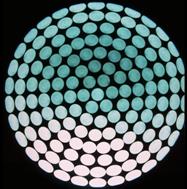 |
| CIE Isotropic Sky | CIE Overcast Sky | CIE Clear Sky | CIE Intermediate Sky |
Direct light conditions are studied by means of the Heliodon, also developed at LESO-PB.
Publications
- Comparing daylighting performance assessment of buildings in scale models and test modules / Thanachareonkit, A.; Scartezzini, J.-L.; Andersen, M. – In Solar Energy, num. 79 (2005), p. 168-182
- Implementing the Partial Daylight Factor Method under a Scanning Sky Simulator / Michel, L.; Scartezzini, J.-L. – In Solar Energy, Elsevier Science Ltd, vol. 72, num. 6 (2002), p. 473-492
- Performance of a new sky scanning simulator / Michel L., Roecker C., Scartezzini, J.-L. – In Lighting Research and Technology, vol. 27, num. 4 (1995), p. 197-208